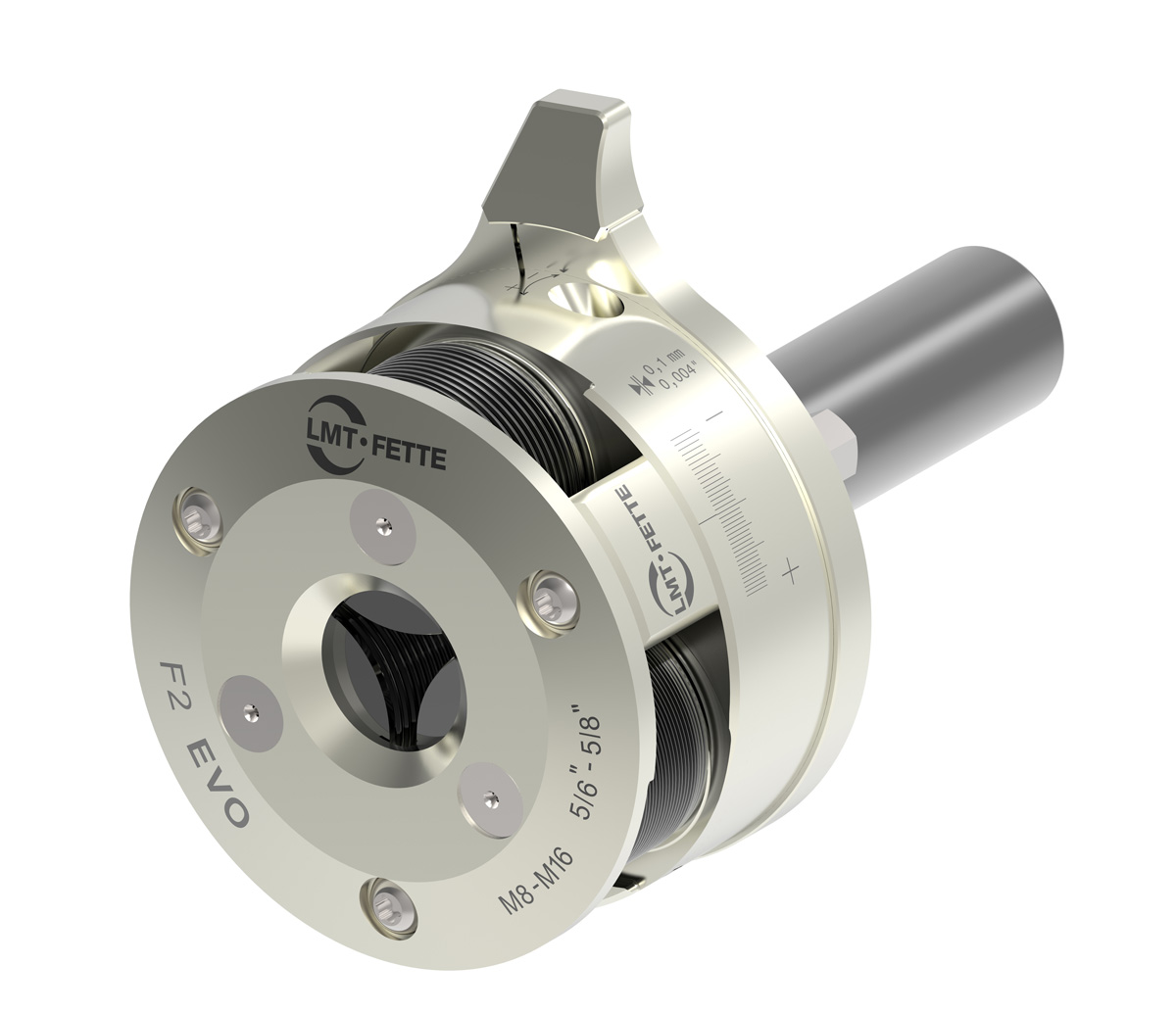The mechanical characteristics of many materials can make them difficult to thread using traditional cutting technologies. Chip control and work hardening can be an obstacle to efficient machining. Cold thread forming (thread rolling) often can be used to efficiently improve machinability.
Thread rolling is especially efficient in many Nickel, Monel, Inconel, Titanium, Silicon Bronze, Copper, Brass, Copper alloys and Aluminum alloys. Typically, these materials can be threaded faster and at lower cost through rolling. The chip-less cold formed method adds strength and improves thread performance and is amendable to today’s modern production equipment. Identifying a material grade can quickly determine if rolling is a benefit both in thread cost and thread quality.
Most common thread forms UNC, UNF, UNEF, M, MF, MEF, Acme, Stub Acme and Whitworth are several thread types that are good candidates for rolling. Other forms are also capable. We can quickly identify your specific need and determine capability.
